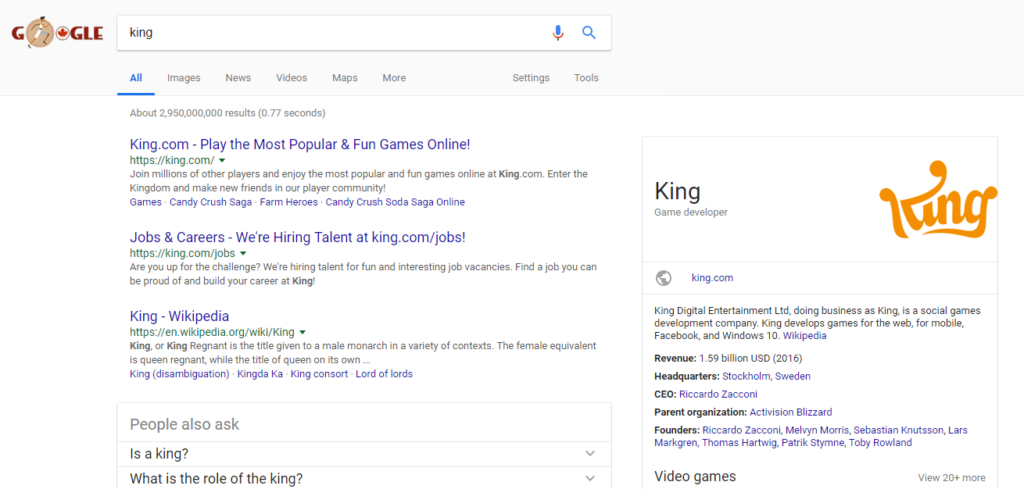Overview
Do you remember the good old days when your website drove quality traffic and leads to your business? Has that old magic left your site? If so, we need to figure out how to get the rankings and search traffic back to your site.
Most sites after a while experience drop in search traffic. Things happen, and you lose traffic. Life goes on! Now, it is time to figure out how to improve your search traffic.
In the initial part of this blog series, we explored the telltale signs that indicate your website is due for a makeover, as well as the tangible benefits of revamping your old website. As we delve deeper into this topic, we aim to provide you with a comprehensive guide to execute a successful website revamp strategy.
In this extended blog post, we navigate through five key steps that lay the foundation for a successful website revamp. From conducting a thorough website audit to redefining your website’s goals and user experience, we offer valuable insights to help you develop a strategic plan that aligns with your brand vision and objectives.
We delve into the significance of search engine optimisation (SEO) and mobile responsiveness, crucial elements that can significantly impact your website’s visibility, organic traffic, and overall performance. By optimising your website for search engines and ensuring it is user-friendly on various devices, you can reach a broader audience and enhance user engagement.
Join us on this transformative journey as we explore the art of revamping your old website. Whether you’re a business owner looking to elevate your brand’s online presence or a marketing professional seeking to improve your website’s performance, our aim is to provide you with the knowledge and strategies needed to execute a successful website revamp. Let’s embark on this digital renewal together and unlock the path to sustained success in the competitive digital realm.
5 Ways bring back your site traffic
#1. Audit your site
It is no surprise the first thing you need to do to figure out how to improve your search traffic is to look at what went wrong in the first place. To do this, you need to conduct a website audit.
For example, does your sitemap work? Your sitemap helps Google determine how you organise the information on your site, so they deliver the best searchers to your website.
Let’s say you run a dog grooming business. You do not want those visitors to go to a cat grooming page? Conversely, if you were a cat groomer, you would need a second page for that. No dog owner would want to land on the cat grooming page and vice versa.
An audit not only looks at your sitemap, but also your links, content, keywords, mobile, and local search.
If you need help creating an audit of your website, give us a shout! We can conduct a free website audit help you understand the best approach.
#2. Contentent
Once you finish the audit, explore how to create the unique and engaging content Google wants you to write on a frequent basis.
Therefore, you have not updated your websintte content in a year, or more time it is time to upgrade that content. Guarantee your competitors have enhanced their content. Don’t fall behind the competition!
Create content your audience appreciates, and you build the foundation of a solid SEO strategy.
#3. Mobile friendly
The change to the Google mobile-first index over the last year completely changed how we garner search traffic. Instead of looking at the desktop site to determine what traffic to send to your site, Google thinks about the user’s device first. Why does that matter?
60% or more of all searches on Google now happen through mobile devices according to Hitwise.
Because the mass of searches starts with a mobile device, you need a mobile-friendly website. You could lose sales because you did not optimise your site for a mobile device.
It is as simple as that. Even worse, you might not have the chance to attract your target prospects. That is because Google does not send you mobile traffic when your competitors have mobile websites.
#4. Keyword targeting
Are you targeting the right keywords? Scratch that thought!
Maybe even keywords are not the right answer anymore. Do you understand the user intent for your target market?
With the Google Hummingbird update a few years ago Google wants you to move away from the traditional keyword research many sites used to garner search traffic. The new system focuses more on the user experience.
Therefore, if you search for the word king, they display relevant search results based on the meaning of the word.
For example, if you want to learn about the civil rights leader, Google is more in tune with what you want. Therefore, instead of results for the what is a king, you get information on the King mobile app.

Google uses your past search history to understand what information you want to gather in the future.
The best way to take advantage of this trend is to focus on how you can improve the user experience for your website visitors. The more you answer their questions in a quick and timely manner, the more often they want to share your site in the Knowledge Graph on Google.
#5. Google algorithms
If you had your website for a while, there’s a good chance Google changed their algorithm since you last optimized your site. Part of creating a dynamic search traffic strategy means understanding the changes Google makes to their algorithm. By knowing this information, you can improve your search.
That is because Google’s algorithm uses the latest best practices in search. If you want to run an ethical site that generates search traffic, you need to update your site to ensure that you follow Google’s algorithm changes.
Final Thoughts
Just because your site is a bit old does not mean you should abandon the website. Instead, you need to focus on how to improve the quality of your site to regain your search traffic.
A site with age can still generate search traffic if you have the right digital marketing strategy. If you need help with your plan, contact us today for a free SEO consultation.

